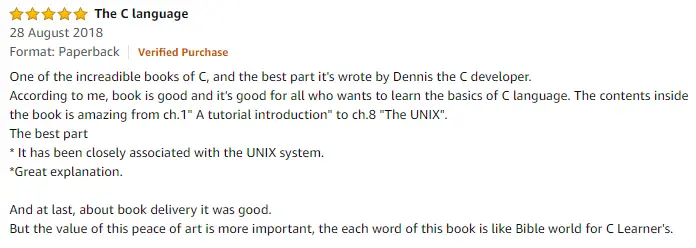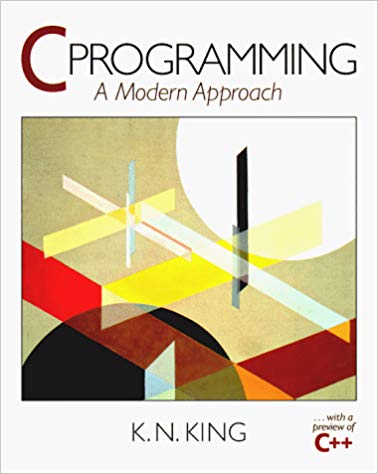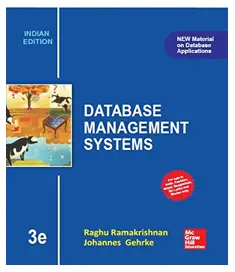C Programming Language By Dennis Ritchie
This article reviews the book “The C Programming Language” by Dennis Ritchie.
The article covers-
- Special features of book
- Analysis of Content
- Analysis of Exercises
- Necessary Instructions
- Conclusion
Why Should Be Read?
Special Features of Book-
The special features of this book are-
- It is one of the best books available on this subject.
- It covers C language in great depth.
- It covers all the GATE topics in a detailed way.
- It has decent number of good quality exercise questions.
- Covering this book is a must for GATE preparation.
Analysis of Content-
The following table analyzes sections of the book that are relevant for GATE-
| Chapter No. | GATE Relevant Sections | GATE Topics Covered |
| 1 | All Sections | Introduction |
| 2 | 2.1 to 2.4 | Variables & Data Types |
| 2.5 to 2.12 | Operators & Precedence Order | |
| 3 | 3.1 to 3.8 | Control Flow |
| 4 | 4.1 to 4.2 | Functions |
| 4.3, 4.6, 4.7 | External, Static & Register Variables | |
| 4.5 | Header Files | |
| 4.10 | Recursion | |
| 4.11 | C Preprocessor | |
| 5 | All Sections | Pointers & Arrays |
| 6 | 6.1 to 6.2 | Basics of Structures |
| 6.3 | Arrays of Structures | |
| 6.4 to 6.5 | Pointers & Structures | |
| 6.7 | Typedef | |
| 6.8 | Unions | |
| 7 | 7.1 to 7.2 | Standard & Formatted I/O |
| 7.4 | Scanf | |
| 7.6 | Error Handling |
Covering Only These Sections Is Enough
Analysis of Exercises-
The following table analyzes exercises of the book that are relevant for GATE-
| Chapter No. | Question No. |
| 1 | 1.4, 1.15, 1.17, 1.19, 1.23, 1.24 |
| 2 | 2.1 to 2.10 |
| 3 | 3.4, 3.5, 3.6 |
| 4 | 4.1, 4.3, 4.8, 4.9, 4.12, 4.13 |
| 5 | 5.1 to 5.4, 5.8, 5.9, 5.10 |
| 6 | 6.1, 6.2, 6.4 |
| 7 | 7.5 |
Practicing Only These Exercises Is Enough
Necessary Instructions-
Keep the following instructions in mind while reading the book-
- The book has nearly 300 pages.
- However, if you cover only GATE related topics, it comes down to 150 pages.
- This subject has a good weightage in GATE exam.
- The knowledge of this subject is required in solving some of the data structures and algorithms problems.
- The exercise questions of this book are quite good from practice point of view.
- Practice C programming questions from all the previous GATE papers.
- Mostly, questions in this subject come from the topic of arrays and pointers.
- Having a firm grip over arrays and pointers will ensure good marks in the exam.
Conclusion-
- The textbook covers many more topics than those mentioned in the GATE syllabus.
- Reading the above described sections will ensure all the topics are covered.
- Overall, covering this book alone is more than enough for GATE preparation of this subject.
- You need not to refer anything else.
|
THIS BOOK IS A MUST READ WHETHER
YOU ARE PREPARING FOR GATE EXAM OR NOT. |
This book may appear a bit tough for beginner-level students.
Make sure you are familiar with the basics.

Amazon Rating
Student’s Reviews-






Other Recommended Books-
C Programming By K.N. King-













































